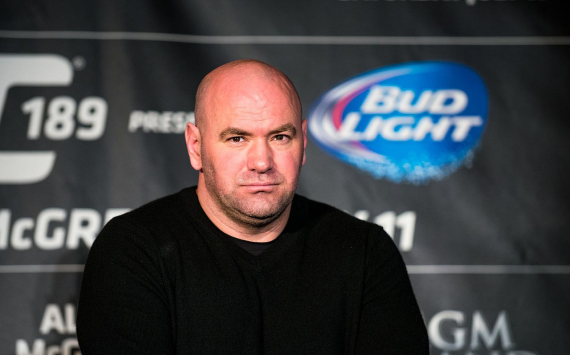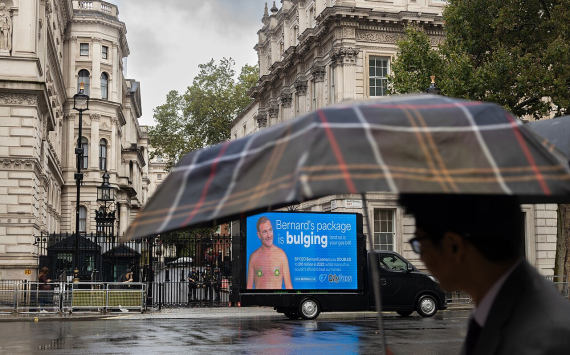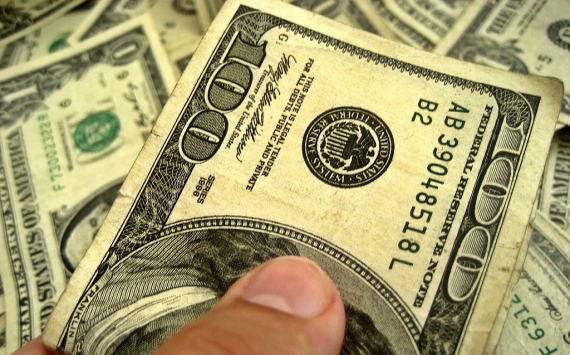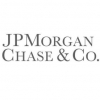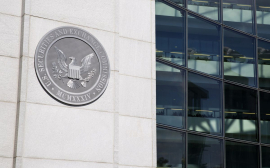
Update to the application
Snap on Monday added a new Spotlight tab to its application, which will allow users to watch popular short videos as well as earn money on their videos as a popular platform for Instagram Reels and TikTok (TT).
Snap (SNAP) shares, which have increased 177% since the beginning of the year, rose 2.2% on Monday amid the news of the launch of a new Spotlight video feature in its Snapchat application.
To interest users, Snap said that it would give out $1 million every day.
At the same time, content must not contain politics or misinformation, must not allow public comments, and the age of the video maker (up to 1 minute) must be at least 16 years. Creators may disclose their accounts if they wish, or do not specify the creator's descriptor.
Spotlight will be a new tab to encourage users to view publicly available content from the most interesting videos created by the Snapchat community. Before that, the application included a Discover tab to search for videos, but users were more likely to limit themselves to viewing pictures posted by their friends.
There will be no advertising on Spotlight during the initial launch, but a company spokesman said that Snap plans to launch it in the coming months.
The Spotlight feature is similar to the popular youth app TikTok and its launch in Snapchat is logical, as many users shoot video using masks and the unique augmented reality features of Snapchat before exporting and publishing it in TikTok.
However, Facebook (FB) has launched a similar feature called Reels in the Instagram application.
Snap emphasises that its principles of operation are focused on avoiding serious disputes and preventing the distribution of false or misleading information, hostility or other malicious content. This year, the world's largest social network Facebook has suffered from these problems, having lost some of its major advertisers.
One of the analysts at Loop Capital Markets said that if Snap follows the examples of Facebook monetization, the company is able to reach an estimated $200 billion in five years.









